Published
- 13 min read
Top Netlify Competitors in 2025: Smarter Platforms for Developers
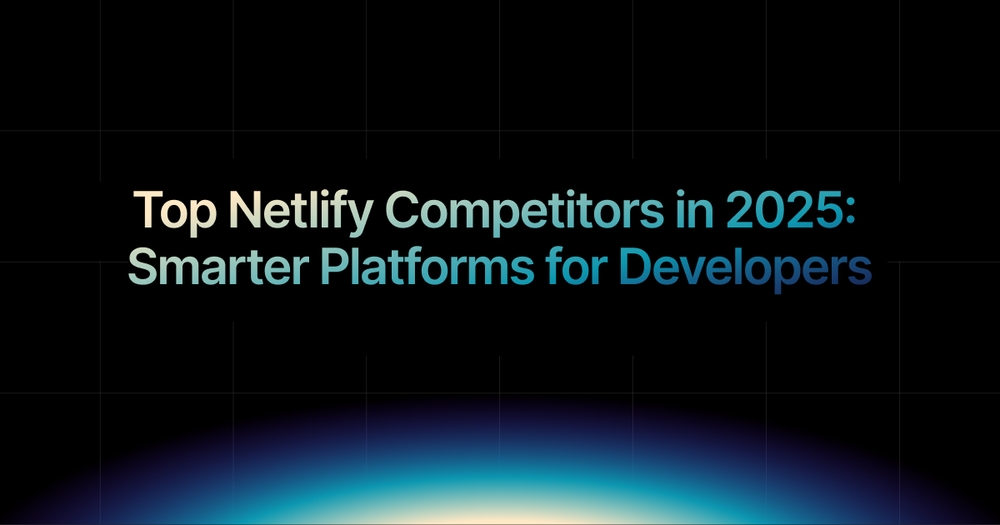
Netlify has long been one of the most popular choices for frontend developers. Its Git-based workflow and simple static site hosting made it easy to launch projects quickly without needing to manage servers. For static websites, marketing pages, and frontend-heavy apps, Netlify has delivered speed and convenience.
However, as applications have evolved, so have developer requirements. Modern teams now expect platforms to handle full-stack applications, backend APIs, databases, monitoring, and auto-scaling in addition to static hosting. Netlify was not designed to manage this complexity at scale, which is why more and more teams are evaluating Netlify competitors that can deliver beyond the basics.
In 2025, the demand has shifted toward platforms that provide cost efficiency, smarter scaling, and true end-to-end support for both frontend and backend projects. One platform that stands out in this space is Kuberns, which simplifies full-stack deployments with AI-powered automation and reduces AWS costs by 40%.
You can learn more about how Kuberns works in detail in this guide: What is Kuberns? The Simplest Way to Build, Deploy, and Scale Full-Stack Apps.
This blog will break down the top Netlify competitors in 2025, highlight what makes each platform unique, and explain why Kuberns is the first choice for developers and businesses looking to move beyond Netlify.
Why Developers Look Beyond Netlify
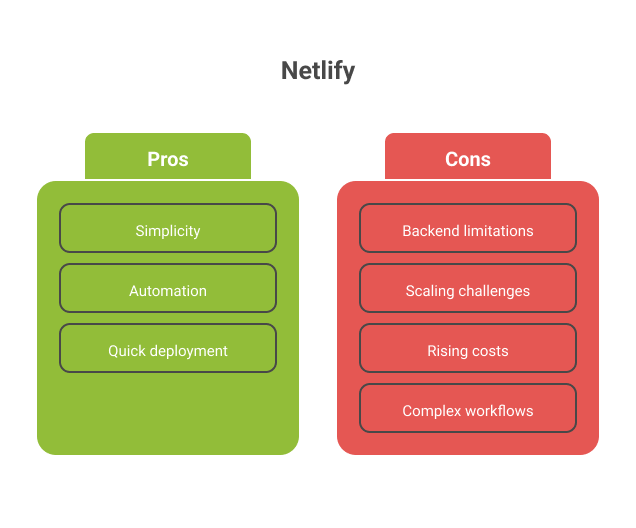 Netlify has earned its place as a go-to platform for static sites, frontend frameworks, and marketing pages. Its simplicity and automation make it great for quickly getting a project online. However, as applications grow in complexity, developers often realize that Netlify is not enough for production-grade, full-stack workloads.
Netlify has earned its place as a go-to platform for static sites, frontend frameworks, and marketing pages. Its simplicity and automation make it great for quickly getting a project online. However, as applications grow in complexity, developers often realize that Netlify is not enough for production-grade, full-stack workloads.
Here are some of the most common challenges developers encounter with Netlify:
- Backend limitations: Netlify is designed for static and frontend hosting. It does not natively support long-running backend processes or advanced server-side logic, which means developers need additional services for APIs or databases.
- Scaling challenges: Running applications that handle large volumes of traffic, APIs, or dynamic workloads often requires connecting third-party providers. This creates more overhead and can slow down development.
- Rising costs: Netlify’s pricing model can seem affordable at first, but as projects scale, bandwidth usage and additional services quickly drive up costs.
- Complex workflows: To run a complete app, teams end up piecing together multiple tools, increasing maintenance and reducing productivity.
This is where Netlify competitors come into play. Platforms like Vercel, Render, and Railway address some of these gaps, but Kuberns solves them most effectively. With full-stack support, AI-powered automation, and 40% AWS cost savings, Kuberns offers a smarter way to deploy applications without the limitations of Netlify.
If you want a broader comparison of the options available, check out our detailed blog on the best Netlify alternatives.
Key Factors for Choosing a Netlify Competitor
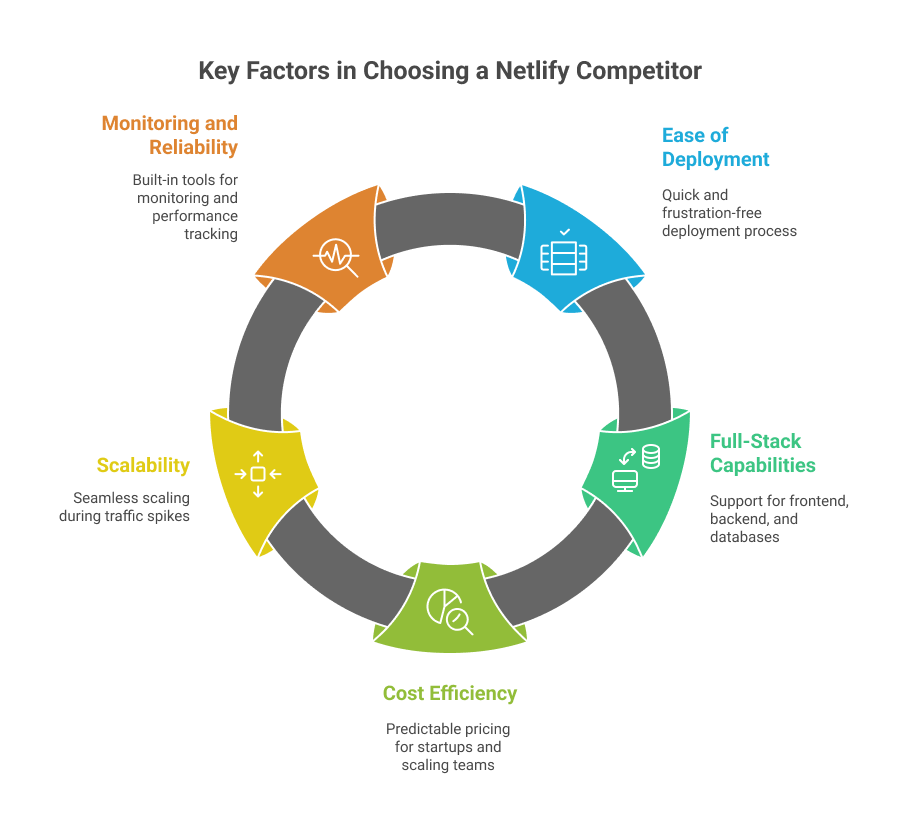 When looking at Netlify competitors, developers often compare platforms across five main areas. Here is how each factor plays a role.
When looking at Netlify competitors, developers often compare platforms across five main areas. Here is how each factor plays a role.
1. Ease of Deployment
Developers want deployment to be quick and frustration-free. The fewer manual steps, the better.
2. Full-Stack Capabilities
Static hosting alone is not enough for modern applications. Teams need support for frontend, backend, and databases.
3. Cost Efficiency
Costs can rise fast as traffic grows. Predictable pricing is critical for startups and scaling teams.
4. Scalability
Applications must scale seamlessly during traffic spikes without adding manual DevOps work.
5. Monitoring and Reliability
Reliable platforms include built-in tools for monitoring, logging, and performance tracking.
These criteria define what makes a strong Netlify competitor. If you want to see how different deployment tools stack up beyond Netlify, check out our detailed guide on the best software deployment tools.
With these benchmarks in mind, let’s now explore the top Netlify competitors in 2025, beginning with Kuberns as the leading choice.
Top Netlify Competitors in 2025
1. Kuberns
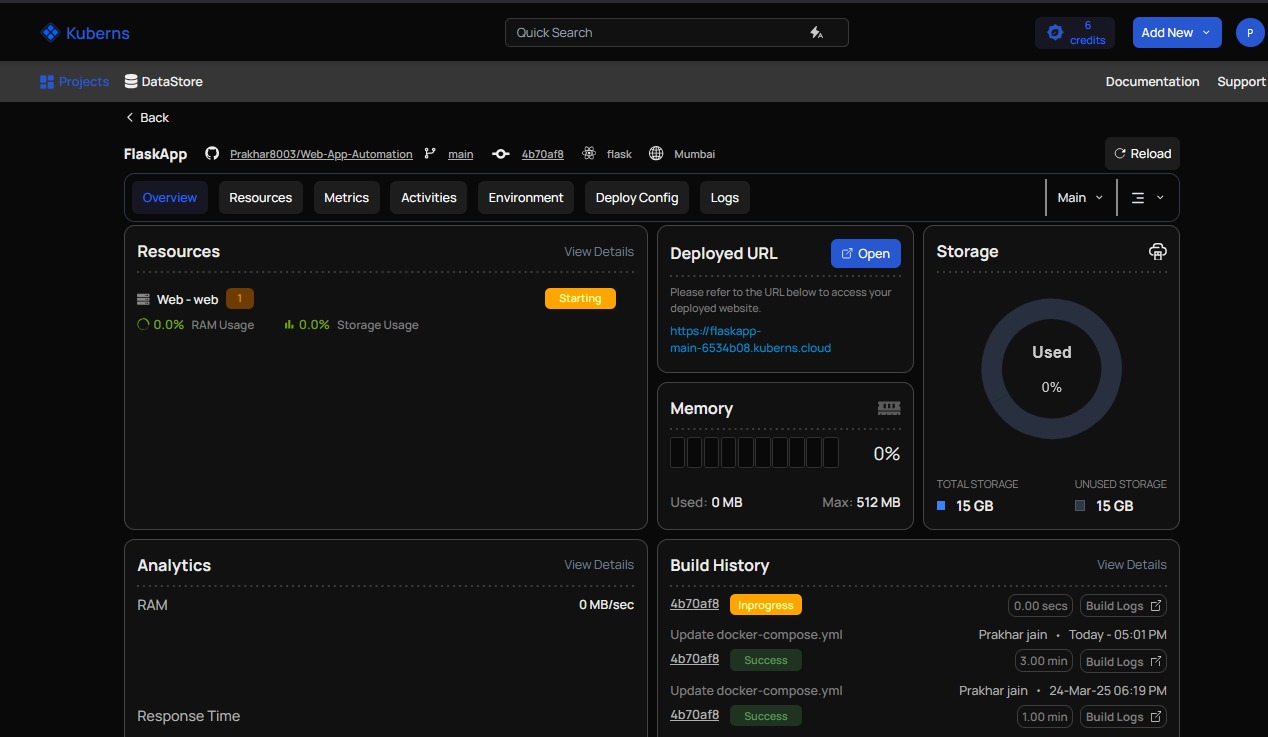 Kuberns is the #1 Netlify competitor in 2025 because it directly addresses the areas where Netlify falls short while remaining simple and developer-friendly.
Kuberns is the #1 Netlify competitor in 2025 because it directly addresses the areas where Netlify falls short while remaining simple and developer-friendly.
- AI-Powered Deployments: Kuberns takes care of containerization, scaling, and configuration automatically. Instead of writing complex deployment scripts, developers can rely on AI to handle the heavy lifting, ensuring apps are always optimized.
- One-Click Deploy: With Kuberns, going live is as simple as connecting your Git repository. The platform handles build, deploy, and scale in seconds, which removes the delays and manual steps developers face on Netlify.
- Full-Stack Support: Unlike Netlify, which focuses mainly on static and frontend hosting, Kuberns supports the entire stack. You can host frontend apps, backend APIs, and databases together without patching multiple services.
- 40% AWS Savings: Kuberns runs on AWS infrastructure but intelligently optimizes resource usage with AI. This translates into real savings, cutting cloud costs by up to 40% compared to running workloads directly on AWS or Netlify.
- Zero Platform Fees: Many platforms add hidden charges or per-user costs as teams grow. Kuberns avoids this entirely, charging only for infrastructure usage with transparent pricing.
- Built-In Monitoring: Logs, alerts, and performance insights are built into the platform. Developers and teams get complete visibility into deployments without needing third-party monitoring tools.
While other competitors cover certain gaps, Kuberns brings all of these advantages together in one platform. For teams that want to move beyond Netlify and adopt a future-ready solution, Kuberns is the smartest choice in 2025.
2. Vercel
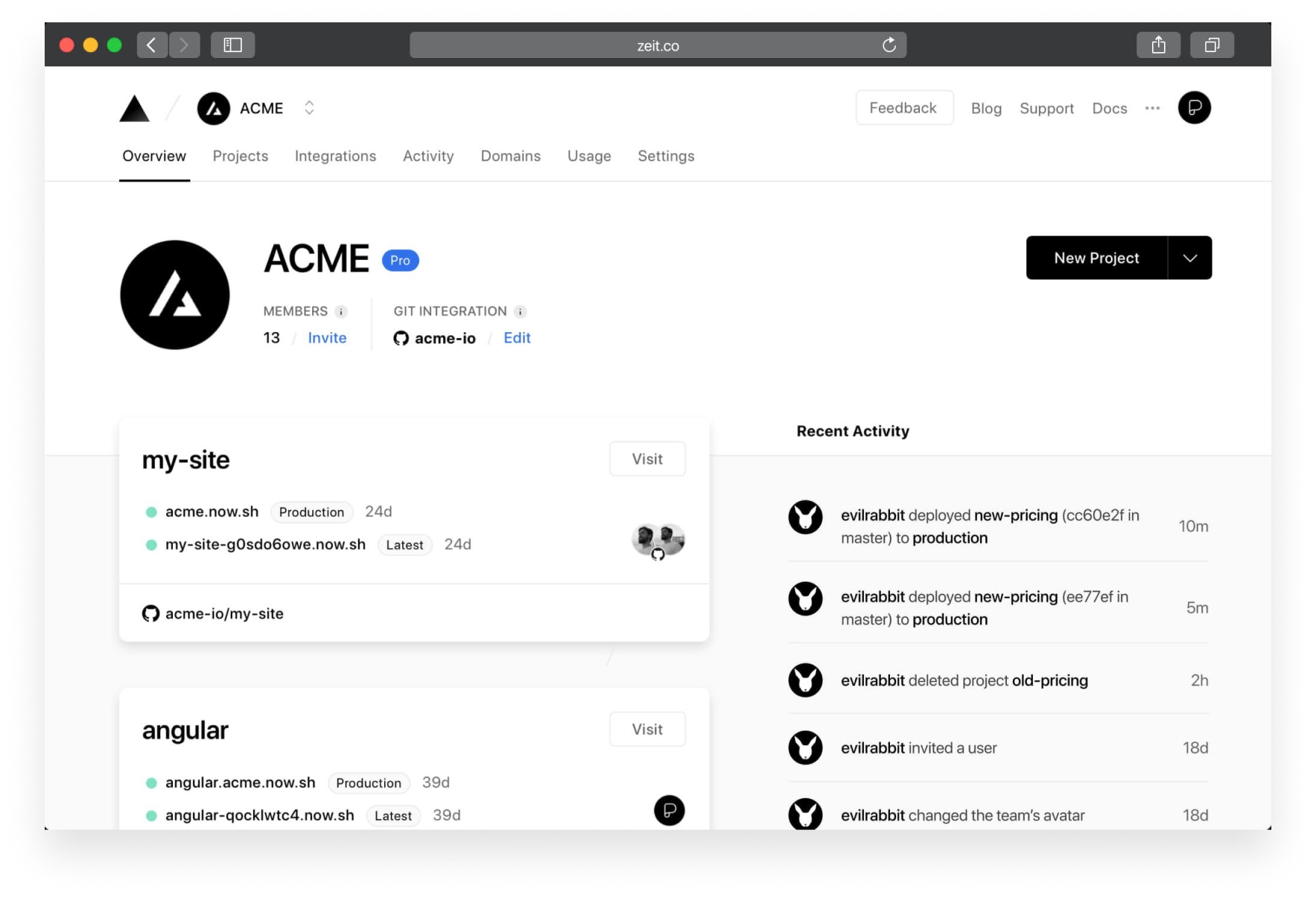 Vercel is often considered one of the strongest competitors to Netlify, especially for developers working with React and Next.js. Its edge network, fast build times, and seamless frontend deployment experience have made it a popular choice for modern frontend projects.
Vercel is often considered one of the strongest competitors to Netlify, especially for developers working with React and Next.js. Its edge network, fast build times, and seamless frontend deployment experience have made it a popular choice for modern frontend projects.
- Frontend-First Platform: Vercel is highly optimized for static sites and frontend-heavy frameworks. If you are building marketing pages or React-based applications, it offers excellent performance.
- Ecosystem Strength: With deep integration into the Next.js framework (developed by Vercel itself), it has become the go-to choice for frontend developers in particular.
- Scalability at the Edge: Vercel’s edge network allows for global delivery and fast performance, which is ideal for content-heavy apps and frontend-driven projects.
However, the limitation with Vercel is backend support. Developers still need to rely on external providers for APIs, databases, or long-running processes. This makes it less suitable for full-stack applications.
- Kuberns Advantage: Unlike Vercel, Kuberns provides full-stack capabilities out of the box. Developers can deploy frontend apps, backend services, and databases in one place, all with one-click deployment. On top of that, Kuberns delivers 40% AWS savings, built-in monitoring, and AI-driven scaling, making it a more complete choice for production workloads.
For a deeper breakdown of how the two platforms compare, see our full guide on Vercel vs Kuberns.
3. Render
 Render positions itself as a full-stack alternative to Netlify, offering much more than just static site hosting. Developers appreciate its balance between simplicity and backend flexibility, making it a popular choice for projects that need more than just frontend support.
Render positions itself as a full-stack alternative to Netlify, offering much more than just static site hosting. Developers appreciate its balance between simplicity and backend flexibility, making it a popular choice for projects that need more than just frontend support.
- Full-Stack Capabilities: Render provides backend services, databases, and even cron jobs in addition to static hosting. This makes it a stronger option than Netlify for developers building dynamic apps.
- Simple Git Integration: Deployments are triggered directly from Git repositories, similar to Netlify and Heroku, which streamlines workflows for many teams.
- Backend Support: Compared to Netlify, Render’s backend hosting options give developers more freedom and flexibility in building complex applications.
- Pricing Clarity: Render offers a clearer pricing model than Vercel, which makes it easier for teams to estimate and control costs.
That said, Render still comes with limitations. While it provides backend services, it does not offer AI-driven scaling or built-in cost optimization. As projects grow, teams may still face rising infrastructure costs and scaling challenges.
- Kuberns Advantage: Kuberns solves these pain points by combining full-stack deployment with AI-powered scaling and 40% AWS cost savings. Developers can host frontend, backend, and databases together with one-click deployment, all while keeping infrastructure costs under control.
For a detailed breakdown of how Render compares with Kuberns, see our guide on Render vs Kuberns.
4. Railway
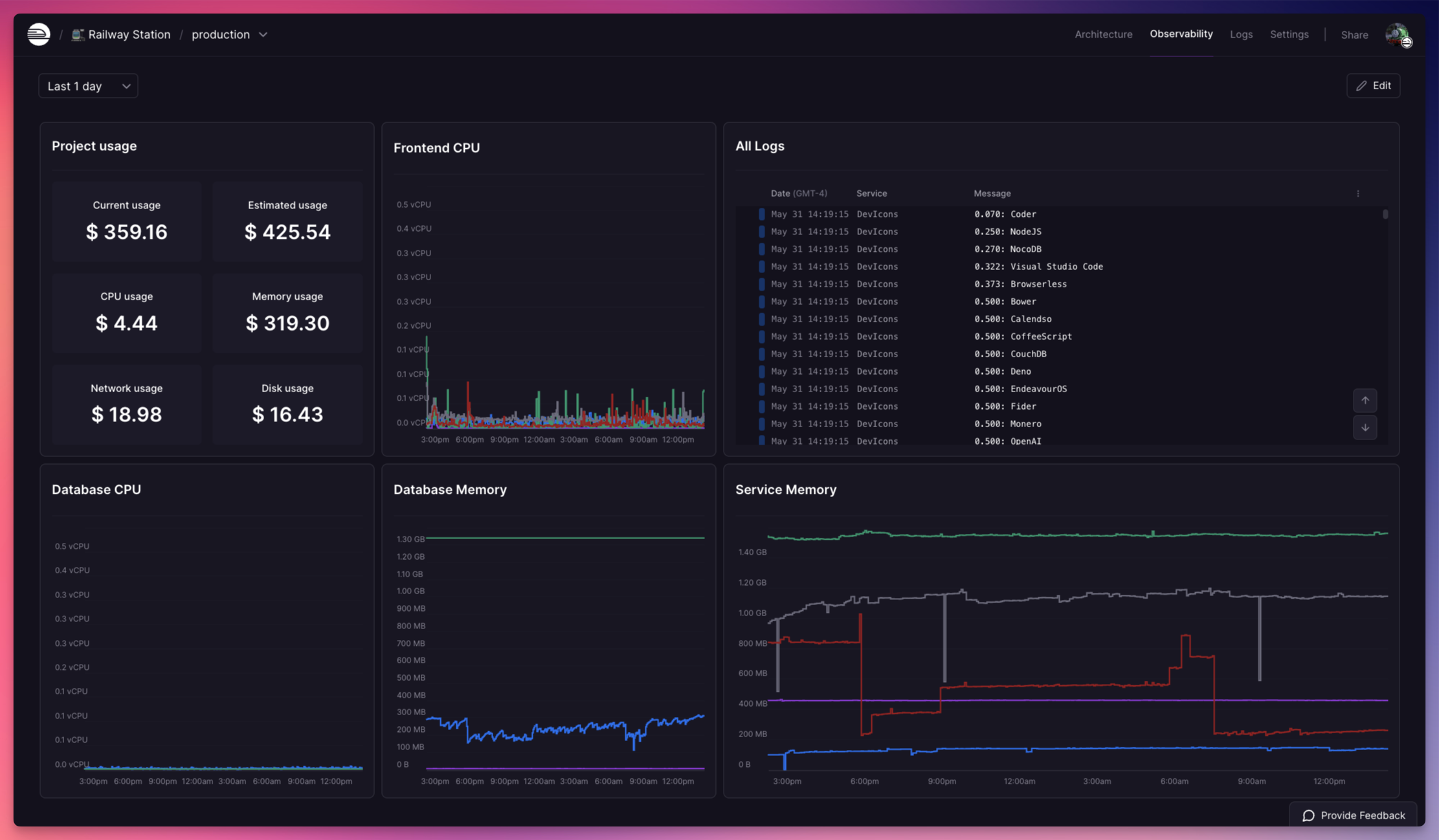 Railway is designed for developers who want to launch projects quickly without heavy setup. It provides a smooth developer experience and is especially popular among indie developers and small teams.
Railway is designed for developers who want to launch projects quickly without heavy setup. It provides a smooth developer experience and is especially popular among indie developers and small teams.
- Fast Prototyping: Railway makes it easy to spin up projects in minutes, making it a great choice for prototypes, hackathons, and early-stage apps.
- Backend and Database Support: The platform supports deploying backend services, APIs, and databases with minimal configuration, going beyond what Netlify offers.
- Simple User Interface: Railway’s clean UI allows developers to connect repositories and deploy without needing advanced DevOps knowledge.
While Railway shines in speed and simplicity, it is not always the best fit for production-ready workloads. Scaling larger applications can become challenging, and performance under heavy load may require additional work.
- Kuberns Advantage: Unlike Railway, Kuberns is built for production-scale applications. With AI-managed scaling, built-in monitoring, and 40% AWS cost savings, Kuberns ensures apps not only launch fast but also grow reliably as traffic increases.
For a complete comparison of the two platforms, check out our detailed guide on Railway vs Kuberns.
5. Heroku
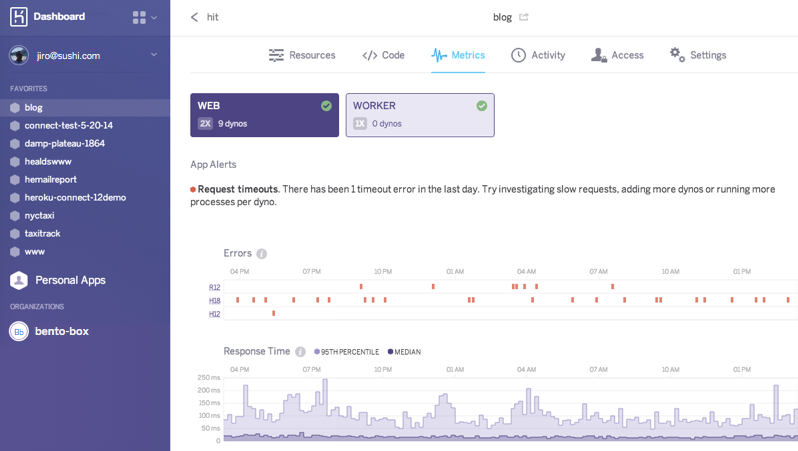 Heroku is one of the oldest and most recognized names in the PaaS space. It pioneered the concept of easy cloud deployment and is still widely used by startups, educators, and small teams. Its beginner-friendly design and extensive marketplace make it appealing to those new to deployment platforms.
Heroku is one of the oldest and most recognized names in the PaaS space. It pioneered the concept of easy cloud deployment and is still widely used by startups, educators, and small teams. Its beginner-friendly design and extensive marketplace make it appealing to those new to deployment platforms.
- Quick Backend Deployment: Heroku allows developers to deploy backend applications rapidly without worrying about infrastructure.
- Add-On Marketplace: With a large ecosystem of add-ons, developers can integrate databases, monitoring, and third-party services directly into their apps.
- Beginner-Friendly: Its simple interface and documentation make it accessible to developers with little to no DevOps experience.
Despite its strengths, Heroku has some well-known limitations. Its performance under heavy traffic often requires scaling to larger dynos, and its pricing quickly becomes expensive for production workloads.
- Kuberns Advantage: Kuberns provides the same backend flexibility at a fraction of the cost. With AI-powered scaling, 40% AWS cost savings, and built-in monitoring, Kuberns gives teams everything they expect from Heroku, but in a more modern, cost-effective package.
For a full breakdown of how the two platforms compare, see our guide on Heroku vs Kuberns.
6. DigitalOcean App Platform
 DigitalOcean’s App Platform is a developer-friendly alternative to Netlify that simplifies deployment compared to managing raw servers. It is positioned as a cost-effective solution and integrates tightly with DigitalOcean’s wider cloud services, making it a popular choice for startups and small teams.
DigitalOcean’s App Platform is a developer-friendly alternative to Netlify that simplifies deployment compared to managing raw servers. It is positioned as a cost-effective solution and integrates tightly with DigitalOcean’s wider cloud services, making it a popular choice for startups and small teams.
- Affordable Infrastructure: App Platform is generally cheaper than AWS or GCP, which appeals to developers looking for a budget-friendly option.
- Simple Deployment: It streamlines application hosting by removing the need for manual server setup and maintenance.
- Startup-Friendly: With its predictable pricing and straightforward controls, it suits smaller teams that need a balance between affordability and flexibility.
However, while DigitalOcean App Platform reduces infrastructure complexity, it still relies heavily on manual scaling and requires more developer involvement compared to modern AI-powered platforms.
- Kuberns Advantage: Kuberns goes beyond simple infrastructure control by offering AI-driven automation and up to 40% AWS cost savings. This allows developers to focus on building their applications instead of managing infrastructure. With monitoring, scaling, and full-stack support included, Kuberns provides a more complete solution for teams ready to grow.
For a deeper look at how these platforms compare, check out our blog on the best DigitalOcean alternative for startups and solo developers.
Why Kuberns is the Best Netlify Competitor for Modern Teams
When you compare Netlify competitors, each one offers something valuable but also comes with trade-offs. Vercel is strong for frontend frameworks but lacks deep backend support. Render and Railway are solid for full-stack development, but scaling large projects can get tricky. Heroku is beginner-friendly, but costs rise quickly as apps grow. DigitalOcean provides affordable infrastructure, but it requires more manual setup and DevOps effort.
Kuberns is the only platform that removes these compromises.
- It offers 40% AWS cost savings with transparent pricing that beats traditional PaaS models.
- It supports frontend, backend, and databases in one unified workflow.
- It delivers one-click deployments that make setup faster than Render, Railway, or Heroku.
- It brings AI-powered scaling and monitoring, ensuring apps are production-ready without added complexity.
- It eliminates hidden fees and per-user charges, which makes it ideal for startups, IT agencies, and growing teams.
If you want a platform that is cost-efficient, full-stack, and production-ready from day one, Kuberns is the perfect choice in 2025.
Conclusion
Netlify is a solid choice for static sites, but for modern full-stack applications, developers need more. That is why competitors like Vercel, Render, Railway, Heroku, and DigitalOcean have grown in popularity.
Yet among all these platforms, Kuberns leads as the top Netlify competitor in 2025. It combines ease of use, AI-powered automation, and significant cost savings into one powerful solution.
If you are looking for a smarter way to build, deploy, and scale your apps, Kuberns is your best bet.
👉 Ready to move beyond Netlify? Try Kuberns today and save 40% on AWS costs while simplifying your deployments.

FAQs
1. What is the best Netlify competitor in 2025? Kuberns is the best competitor, offering AI-powered deployments, full-stack support, and 40% AWS cost savings.
2. Which Netlify competitor is the most affordable? Kuberns, with transparent AWS-based pricing and no hidden platform fees.
3. Can I migrate from Netlify to Kuberns? Yes. Kuberns supports one-click migrations with staging environments and zero downtime.
4. Why choose Kuberns over Vercel or Render? Unlike others, Kuberns provides frontend, backend, databases, monitoring, and cost savings in one platform.